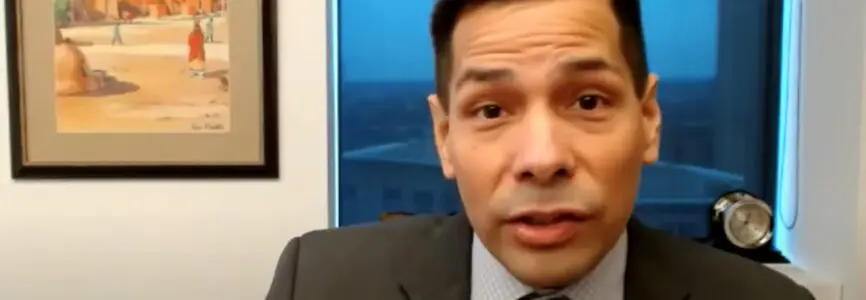Hastings Center News
Improving Access Key to Improving Health Equity
Improving access to health care is critical to improving health equity, stated health care leaders at a panel at the health equity summit sponsored by The Hastings Center earlier this year.
“It is very hard to guarantee good access to care if there’s no physician or nurse,” said Tom Sequist (above), chief medical officer Mass General Brigham. He and other panelists noted that lack of access to physicians and other clinicians disproportionately affects minority populations. Sequist, a member of the Taos Pueblo tribe in New Mexico, noted that there are several types of access problems. The first one is the literal physical access to care. Speaking of rural Native American communities, he said, “these are these are settings that are very remote often where the nearest hospital can be hundreds or more miles away.”
He also cited a lack of virtual access to care. Weak broadband coverage is often a problem in regions with a large share of minority residents, leaving them without access to telehealth and other online health services. During the Covid-19 pandemic, lack of virtual access interfered with the ability to make vaccine appointments, contributing to inequities in vaccination. Sequist said that these problems underscore the need for greater broadband infrastructure.
Another access problem concerns health insurance. “I can’t overstate” the impact that insurance access has on health, Sequist said. whether it is the expansion of the Affordable Care Act or changes by states to the Medicaid program.
Sequist made these comments in a panel discussion, “Finding and Fixing Structural Barriers to Equitable Healthcare in Clinic,” hosted by Susan Dorr Goold, director of the University of Michigan Health Policy Path of Excellence and a Hastings Center fellow.
Michelle Morse, chief medical officer of the New York City Department of Health and Mental Hygiene, provided three strategies to guard against bias in the clinic.
The first is naming racism, and the second is using race-explicit strategies in the clinical care setting. She gave the example of when Covid vaccinations were being rolled out across Vermont, and policymakers decided to allow Black, Indigenous, and other people of color access to vaccination as an early priority group. This strategy led to Vermont having among the highest rates of vaccination among Black Americans.
The final panelist, Sergio Aguilar-Gaxiola, director of the Center for Reducing Health Disparities at UC Davis Health, noted that working with underserved communities made clear the importance of “reinforcing early prevention and intervention which, translated into reducing costs with less crisis services.” Aguilar-Gaxiola presented the work and outcomes of The Interdisciplinary Collaboration and Cultural Transformation Model, a project created with the purpose to help improve capacity to address unmet service needs of three historically underserved communities (Filipino Americans, Latinos, and LGBTQ populations in Solano County, Calif.).
Aguilar-Gaxiola noted several successful outcomes from the project, which aimed to improve the patient experience, reduce costs, advance the population’s well-being, and improve the providers’ experience.
The discussion took place on January 20, on the second day of the conference, hosted by The Hastings Center with the AAMC Center for Health Justice and sponsored by the American Medical Association, the American Nurses Association, the American Hospital Association, and the ABIM Foundation, which drew more than 2,500 attendees.

